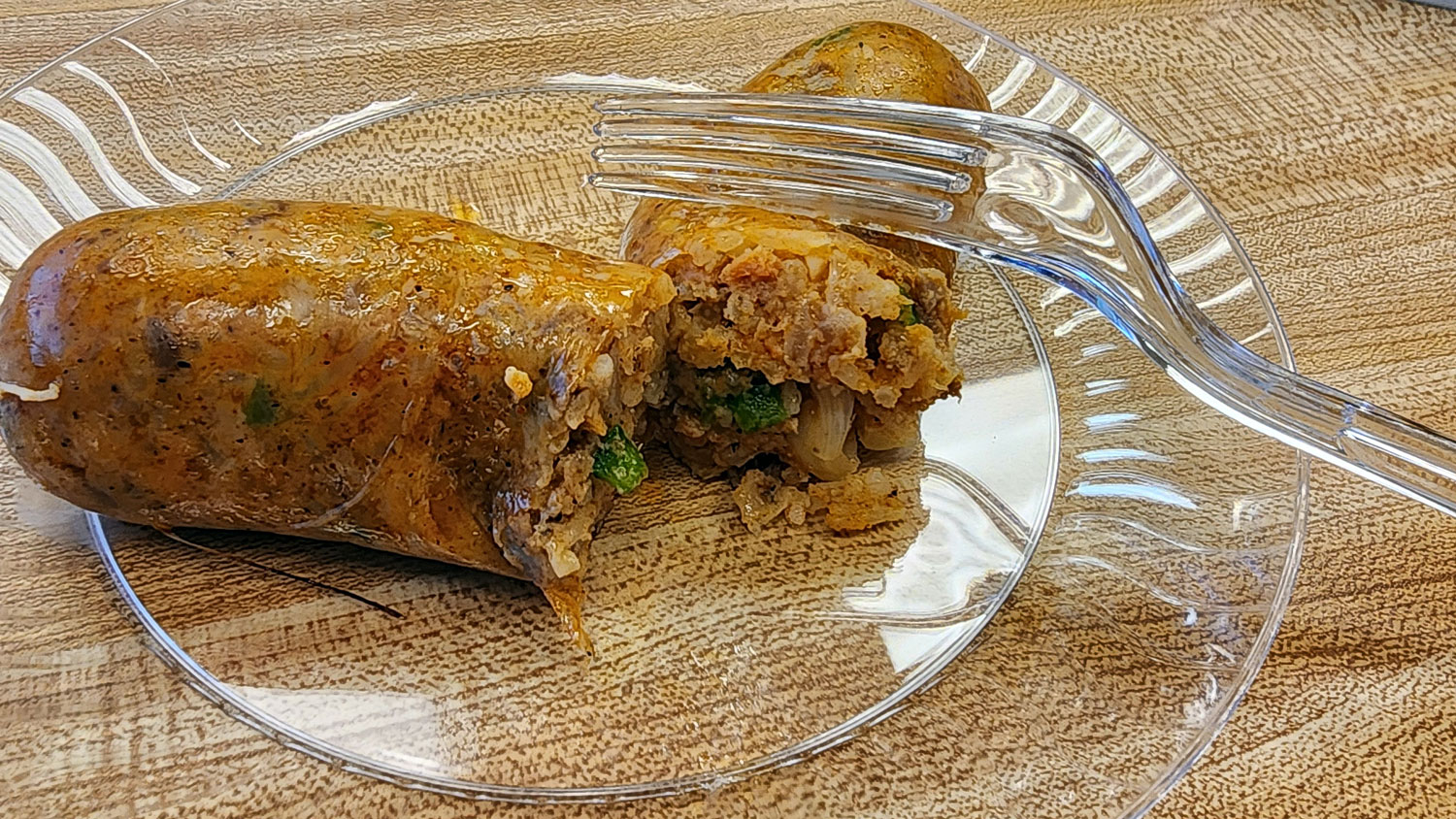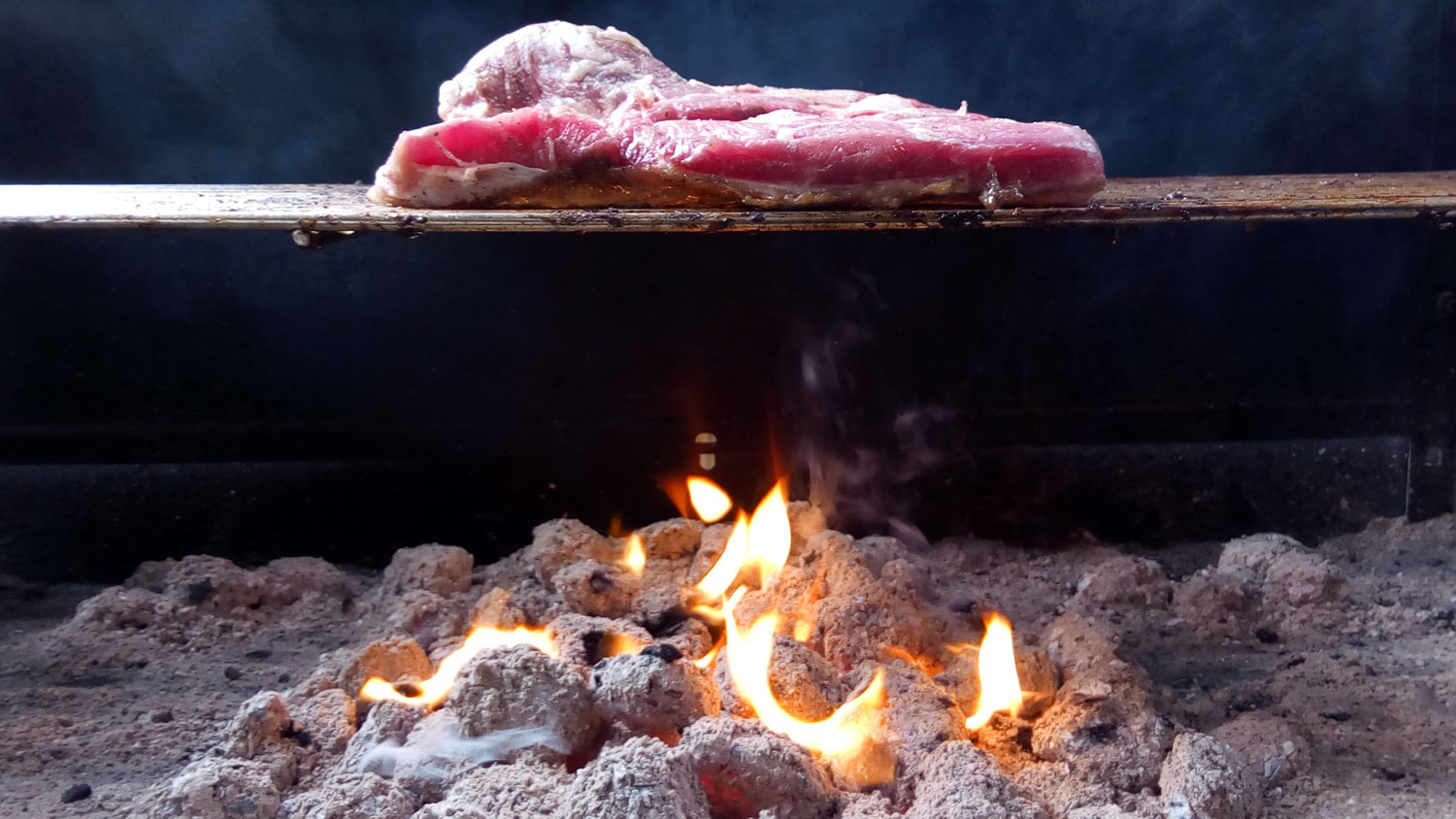Edible Plants Coming to Greenway

Wild blackberries
After this fall, some of the trees and bushes lining the campus greenway won’t just be scenery – you’ll be able to eat them, too.Edible plantings are in planning stages for campus trails, thanks to an innovative collaboration between NC State University departments and Advocates for Health in Action (AHA). The project is funded in part by a recent Urban Agriculture Award grant from the City of Raleigh, pursued by AHA.The idea is to use the project as both an educational tool and a healthy eating resource. Horticulture students will help with planting, and their work will increase access to fresh, healthy fruit and berries along campus trails.“It’s ‘think and do’ at its essence,” said Sarah Ketchem, NC State’s director of Grounds and Fleet Services. “Let’s come up with an idea, and then let’s go try it.”
The edible plantings project will initially be incorporated into select horticulture classes, with the ultimate goal of plants that are low-maintenance and self-sustaining when fully grown. The partners group will meet in July to pick the plants – the current frontrunners are easy-to-identify fruit trees and berry bushes – then walk the trails and choose the best locations for planting in the fall semester.
“It’s good from a health perspective, it’s good from an environmental perspective – it’s just good in a million ways,” said Sara Merz, executive director of AHA Wake County. “It opens the door for other jurisdictions who may be interested to see how it works.”
Merz approached Ketchem about the project because of NC State’s reputation as being “great about trying new things,” Merz said. With Ketchem’s partnership, Merz then applied for both the Urban Agriculture Award and for grant funds from Durham-based Burt’s Bees. Both were granted and will go toward the cost of purchasing fruit trees and berry bushes.
“There’s a real opportunity in Wake County for somebody to basically go first and show other municipalities that this is possible,” she said.
Other towns across the nation have successfully experimented with edible plantings, such as the fruit trees in New York City’s Central Park. These won’t be the first pick-and-eat plants on campus, either – the fig trees by Kilgore Hall currently provide both snacks and experimental specimens for students.
It’s part of a larger trend, Ketchem said: turning the campus into a laboratory.
“It’s a really good cooperative effort, and it’s high impact,” Ketchem said.
– C. Kellner
This post was originally published in College of Agriculture and Life Sciences News.
This post was originally published in College of Agriculture and Life Sciences News.


